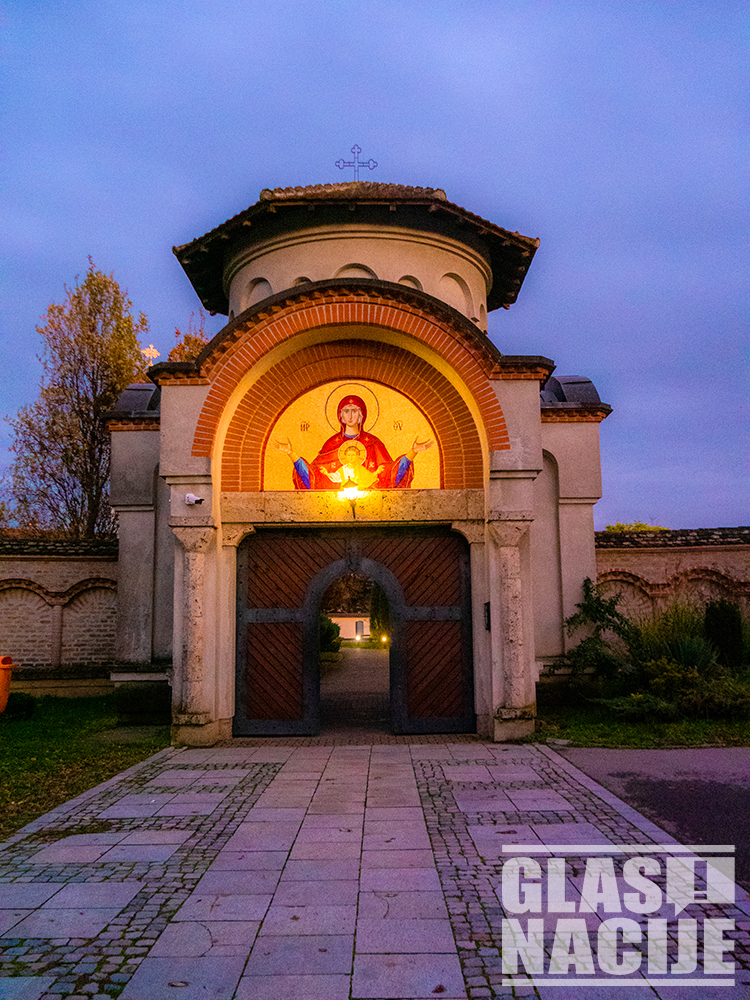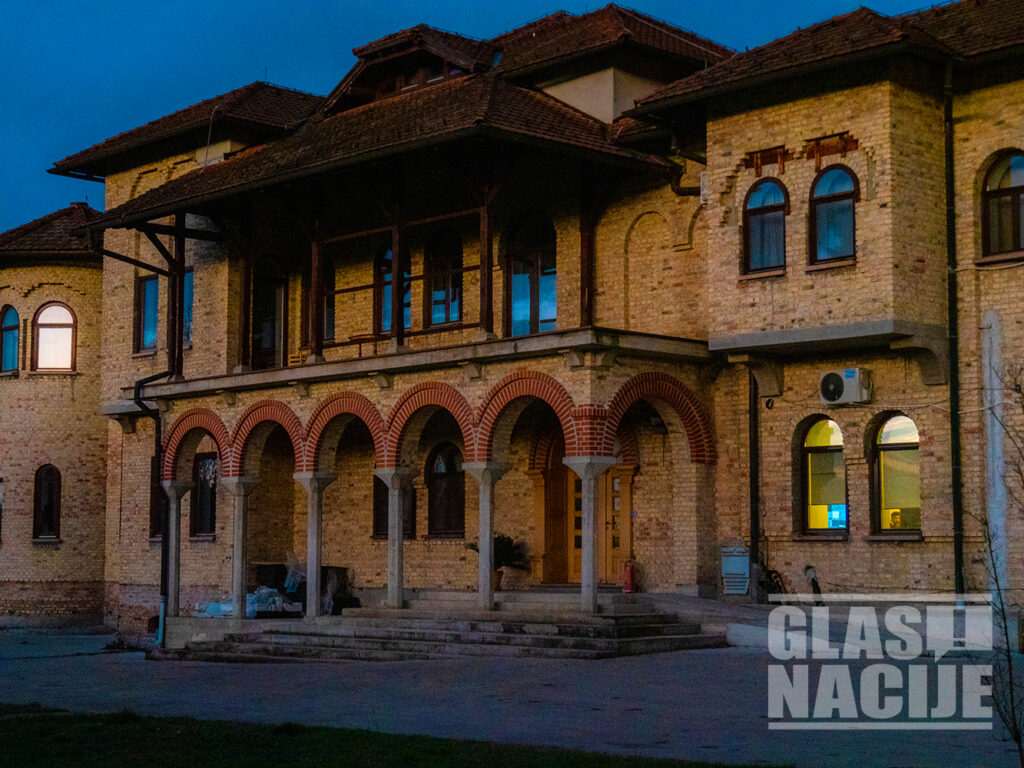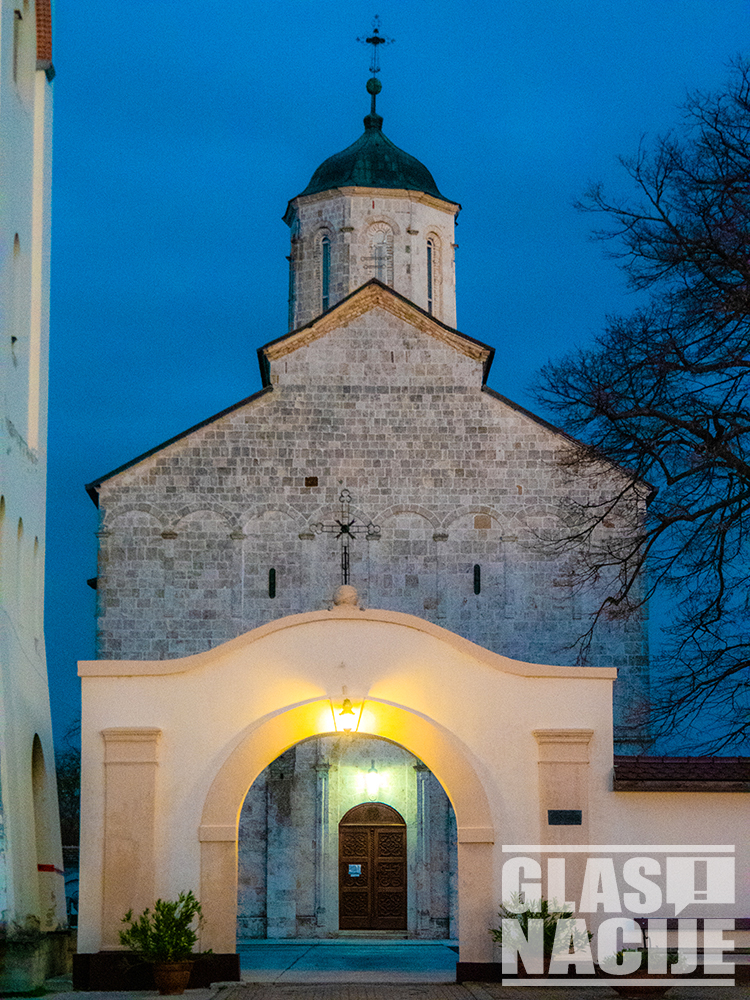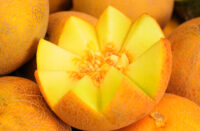U serijalu tekstova koji slede otkrićemo lokacije koje će Vam Novi Sad pokazati u najboljem svetlu, mesta koja ćete sigurno želeti da posetite opet i u koja ćete se zaljubiti! Ovaj grad pruža svakome od nas sve što poželi!

Manastir Kovilj prema predanju podigao je Sveti Sava u 13. veku, iako o tome nema nikakvih istorijskih zapisa. Tačan datum nastanka manastira ne postoji nigde. Pod Turcima je rušen čak četiri puta i tek nakon Karlovačkog mira je obnovljeno bratstvo pa je i crkva obnovljena.
Tokom vekova više puta je bio rušen i obnavljan, u nekim obnavljanjima učestvovala je i Rusija slanjem donacija. Odšteta koja je tražena nikada nije isplaćena po traženoj cifri, nego po višestruko umanjenoj.
Tokom prvog svetskog rata manastir je ostao netaknut, a od 1933. postaje ženski. Početkom rata manastir opet biva opljačkan, kaluđerice oterane, te je 1990. godine ponovo postao muški.
Što se tiče kulturnoga blaga manastir poseduje dosta slika, neke i od Uroša Predića, ikona, knjiga…

In the following series of articles, we will discover locations that Novi Sad will show you in the best light, places that you will definitely want to visit again and that you will fall in love with! This city gives each of us everything we want!
According to tradition, the Kovilj Monastery was built by Saint Sava in the 13th century, although there are no historical records about it. The exact date of creation of the monastery does not exist anywhere. It was destroyed four times under the Turks and only after the Peace of Karlovac was the brotherhood restored and the church was also restored.
Over the centuries, it was demolished and rebuilt several times, and Russia participated in some restorations by sending donations. The compensation that was requested was never paid at the requested figure, but at a multiple reduced.
During the First World War, the monastery remained intact, and in 1933 it became a women’s monastery. At the beginning of the war, the monastery was looted again, the nuns were driven away, and in 1990 it became male again.
As for the cultural treasures, the monastery has a lot of paintings, some by Uroš Predić, icons, books…














